Discover Miss Rae's Room Dyslexia Blogs, a comprehensive series dedicated to empowering educators and promoting effective strategies for students with Dyslexia. From different types of Dyslexia and Dyslexia screeners to signs of Dyslexia and evidence-based interventions and accommodations in the general education classroom, explore the infusion of the Science of Reading into instruction, explore school's roles in defining Dyslexia, and learn about best practices for teaching students with Dyslexia. Gain valuable insights and practical guidance to create inclusive and supportive learning environments. Start your journey towards improving outcomes for students with Dyslexia today!
|
10/23/2021 0 Comments Intervention Instruction for DyslexiaWhat do you do when a student struggles to read? You intervene! A reader who struggles to recognize and understand the letters and sounds in words is a candidate for intervention instruction. When a reader spends too much time trying to recognize letters and then recalling their corresponding, more time is spent on decoding the words than on understanding a text. Since the English language is an alphabetic language, a student must be able to efficiently link sounds to the letters that represent the sounds in text. So when students struggle to do this with automaticity, they struggle to learn to read.. Research shows that for students with learning difficulties, learning is hard. These students do not benefit from more of the same, whether that be instruction or curriculum. What these students do benefit from is expert teaching. The more difficulties students demonstrate when learning to read, the more systematic and direct the instruction should be. Intervention instruction should supplement, not supplant the Tier One curriculum. Reading interventions should take a problem solving approach. Educators can use assessment data that is diagnostic in nature to match instructional intervention to a student’s profile and academic needs. I included a few of my favorite assessments for progress monitoring below! As student data indicates a need for intervention, students’ lagging skills are targeted in small group interventions, and this data along with continued progress monitoring data drives the intervention instruction. Research contends that the most effective prevention of reading difficulties must include phonological awareness training focused on automaticity and mastery in segmenting, blending, and phoneme manipulation and the teaching of basic letter-sound skills. Pairing instruction of phonological awareness with letter-sound training creates the most reading gains for students. Direct and systematic intervention instruction of phonemic awareness and sound-symbol correspondence is key. If this type of intervention is not provided in the early grades, the intervention has to be more intensive if provided in the upper grades. Early intervention is best because research has shown that this is the effective intervention for students with dyslexia. Research has shown that the part of the brain responsible for storing and activating corresponding letter sequences in printed words was not as active in the brains of students with Dyslexia. However, after direct instruction in phonemic awareness skills, the brain activity in students with Dyslexia normalized (Simos et al., 2002). Educators can help build students’ skills by providing extra, intensified supports that include multi-sensory instruction. These interventions, combined with structured literacy instruction grounded in the Science of Reading, can prevent reading problems caused by Dyslexia, and other reading difficulties as well, from becoming engrained. To pinpoint the areas of difficulty that are proving to be obstacles for your students, use my reading assessments. Interventions for students with Dyslexia are more effective if they are... -direct and systematic phonological awareness training focused on automaticity and mastery in segmenting, blending, and phoneme manipulation and the teaching of basic letter-sound skills. -more explicit than the general education instruction --So if I learned the /ch/ sound in the classroom, during my intervention instruction I might work on connecting the sound to the letters in varied ways with multi-sensory practice. I might highlight the /ch/ in words that I just listed containing this sound. I might encode words with the /ch/ sound. I might then read a decodable with the /ch/ sound. -provide increased time on task (supplement, not supplant) --I have all of this time with /ch/ in addition to the reading time that all students have in the classroom. -offer reduced instructional grouping size --I learned more about /ch/ in my small group of three students with one teacher. ---1 to 1 instruction is not needed for optimal results. Research asserts that 1 to 2 to 1 to 4 groupings achieve similar results as 1 to 1 instruction. It is suggested that Tier Two instructional groupings should strive to be 1 to 3 or 1 to 4, while Tier Three instructional groupings should strive to be 1 to 2 or 1 to 3. -teach in the context of academic content --meaning that if our interventions teach pre-requisites or reinforce grade level learning skills, if they do so within the context of the grade level learning standards, content, and/or curriculum, students can continue to progress within the grade level curriculum. This means that that nasty little thing we call “gap” will never have to be closed for students. -are comprehensive (i.e.) multiple reading intervention programs -differentiate and/or individualize instruction based on assessment data A student’s instruction should take the whole child’s profile into account. So don’t forget to address skill areas like self regulation and executive functioning if they are lagging. Interventions and/or accommodations for executive function and self-regulation that negatively affect student learning should combine practices that reduce the impact of processing deficits with academic content, not treat them in isolation. Dyslexics respond to checklists, timers, visuals, etc. to support executive function skills. You can embed these into your instruction to model and support your learners. Make a checklist at the start of class with the tasks that the group needs to accomplish today. Check them off as you go, each time assessing your progress towards achieving your goal of completing all of the tasks. There is no one program that has it all, but you as the student expert do because you have the data. So use the data to guide your intervention instruction and meet all of your student’s needs through highly effective interventions that target all areas of lagging skills within the student’s profile! Here is some of the best practice, research-based information on interventions of the Five Pillars of English Reading Skills: Phonological AwarenessPhonological Awareness Intervention Instruction In students without reading disabilities, lagging phonemic awareness skills should be resolved with phonological awareness training. Research has shown that 12 to 24 hours of remedial work, 4 to 8 hours of which phonological activities are directly done, should improve phonological awareness deficits. If deficits persist and skills are still significantly impaired despite a systematic attempt to address it, then, this is suggestive of an educational disability. Grab this easy to use Phonemic Awareness Inventory to guide your intervention instruction. Phonological Awareness Intervention Programs: -Heggerty -Equipped for Reading Success (Kilpatrick) -LiPS Word RecognitionWord Recognition Intervention Instruction When learners struggle with word recognition skills, we should first use assessments to determine the point of breakdown. Once this has been determined, the outcomes can be reviewed in conjunction with the phases of reading and spelling development. Using the Simple View of Reading, an educator can determine the deficit area, which will be the target skill area of the intervention. Students who are not responsive to phonics instruction should be trained in advanced phonemic awareness skills in order to achieve acquisition of phonics skills. This is because phonology is the foundation over which orthography knowledge gets laid. If that foundation is weak, the result is that students attempt to memorize letter sequences by visual imprinting, or by using extraneous information such as configuration (so the shape of a word) and/or context (so what word would make sense in the context of the sentence and/or paragraph). Written words are not learned or remembered “by sight”. Therefore, advanced phonemic awareness skills are required for proficient word reading. If a student demonstrates lagging word reading, it may be the result of lagging skills in phonemic awareness. Advanced phonemic awareness training and integration of orthographic mapping substantially benefits the word-level reading skills of older students who are demonstrating reading difficulties. If a student is demonstrating mastery of advanced phonemic awareness skills, the focus of the intervention should be on word-level recognition and related skills (i.e. phonics). Orthographic mapping is key to word-level recognition interventions. Intervention instruction should focus on how to map phonemes to graphemes. Intervention efforts should include explicit instruction in letter sound correspondences. Word-level Recognition Intervention Strategies: -word sorts -syllable sorts -orthographic mapping -sound-letter mapping/word chains Word-level Recognition Intervention Programs: -Wilson Reading -Sonday -Lexia FluencyFluency Intervention Instruction A gap in reading fluency skills may remain, despite a student receiving the most highly successful interventions. This can be due to years of a student not acquiring a sight word vocabulary, unlike a typical developing reader. Remember - early intervention is key! We can stop this gap from occurring if we teach advanced phonemic awareness skills paired with letter-sound knowledge to increase a student’s sight word vocabulary. Fluency intervention instruction requires explicit intervention in fluency if the lagging skill is fluency and all underlying skills are proficient. To explicitly teach fluency, the following two instructional sequences can be used: Fluency Intervention Strategy: -Five Minute Fluency Focus Sequence -Six Minute Fluency Sequence (for students with impaired RAN) -scooping Fluency Intervention Programs: -Read Naturally ComprehensionComprehension Intervention Instruction Some readers with strong word recognition, vocabulary, and knowledge can still be weak comprehenders. These are the students who struggle to create a mental model (or summarize, predict, identify theme, and text analysis) of the text. Being unable to create a mental model of a text is not a lagging skill that can be corrected by just reading. There are a number of students who have difficulty recalling what they have just read, and as a result, their reading comprehension skills are impacted. These students benefit from explicit teaching in visualizing text. My See and Say Strategy can be helpful for intervention instruction of these students. See & Say Reading Comprehension Lesson Plan Procedure: Comprehension Intervention Strategies: -QAR strategy -See and Say strategy Comprehension Intervention Programs: -Story Grammar Marker -Visualizing and Verbalizing VocabularyVocabulary Intervention Instruction There are three tiers of vocabulary. Tier one consists of the most basic words. The are the high frequency words that we see over and over in text. Examples include /girl/ and /happy/. Tier Two words are high frequency academic vocabulary words, not commonly used in conversation. They are cross-curricular and as a result, appear frequently across topics and content areas. Examples include /analyze/, /compare/, and /function/. Tier Three words are low frequency words that occur in specific disciplines. These words are central to understanding concepts within various academic subjects. Examples of Tier Three words include /photosynthesis/, /acute/, and /legislature/. Vocabulary can impact reading comprehension. Even if a student can decode a word, if the meaning is unknown and unclear from context, a student’s understanding of the text can be impaired. Typically, students require direct instruction of Tier Two and Tier Three words as opposed to Tier One words. Students acquiring English as a second language may require direct instruction in Tier One words as well. The majority of reading a student does within the classroom is content-area text. High-utility vocabulary words should be carefully selected from text and explicitly and directly taught during intervention instruction. This instruction should include multiple exposures to the words in many contexts. This is a strategy for pre-teaching vocabulary created by Margarita Calderon. This strategy can be found in her book Teaching Comprehension to English Learners K-5. (2011) 1. PRESENT: Teacher says the word. 2. REPEAT: Students repeat the word 3 times. 3. CONTEXTUALIZE: Teacher states the word in context from the text. 4. DEFINE: Teacher/student provides the dictionary definition. 5. EXPLAIN: Teacher explains meaning with student-friendly definitions and give an example. 6. ENGAGE: Teacher engages students in activities to develop word/concept. 7. ANALYZE: Highlight grammar, structure (phoneme, prefix, suffix), spelling, homophone, polysemy, etc. Vocabulary Intervention Strategies: -pre-teach vocabulary -Word Categorization (Semantic Feature Analysis, Concept Sorts, Word Webs, Scaling) -Frayer graphic organizer Vocabulary Intervention Programs: -Lexia -Wordly Wise -Megawords -Classical Roots -Text Talk A key factor that appears to be the most relevant in determining the presence of a reading disability is a student’s responsiveness to highly successful interventions. With highly effective reading interventions, research has demonstrated that the largest reading gains occurred within the first 15 to 20 hours of instruction. Therefore, it is suggested that students receive a Tier 2 intervention first, before a direct referral for a Special Education eligibility determination. However, a student who does not respond to and/or makes minimal to no progress at the Tier Two level, should be referred to the Tier Three level. If problems persist despite intensive intervention, a student should be referred for a comprehensive evaluation for Special Education services. The outcome of whether a student qualifies for Special Education services is the difference in an evaluation compared to the universal screenings. Learn more about Designing Effective Reading Interventions by taking the course with me! Happy Teaching! Peace, Miss Rae References: Kilpatrick, D.A. (2015). Essentials of Assessing, Preventing, and Overcoming Reading Difficulties. Snow, C.E., Burns, M.S., & Griffin, P. (eds.) (1998). Preventing reading difficulties in young children. Washington, DC: National Academy Press. Related BlogsRelated ResourcesRelated Courses
0 Comments
Leave a Reply. |
Proudly powered by Weebly


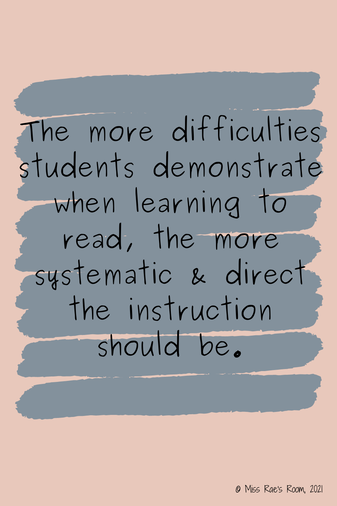
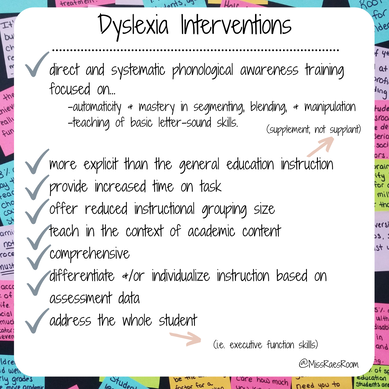
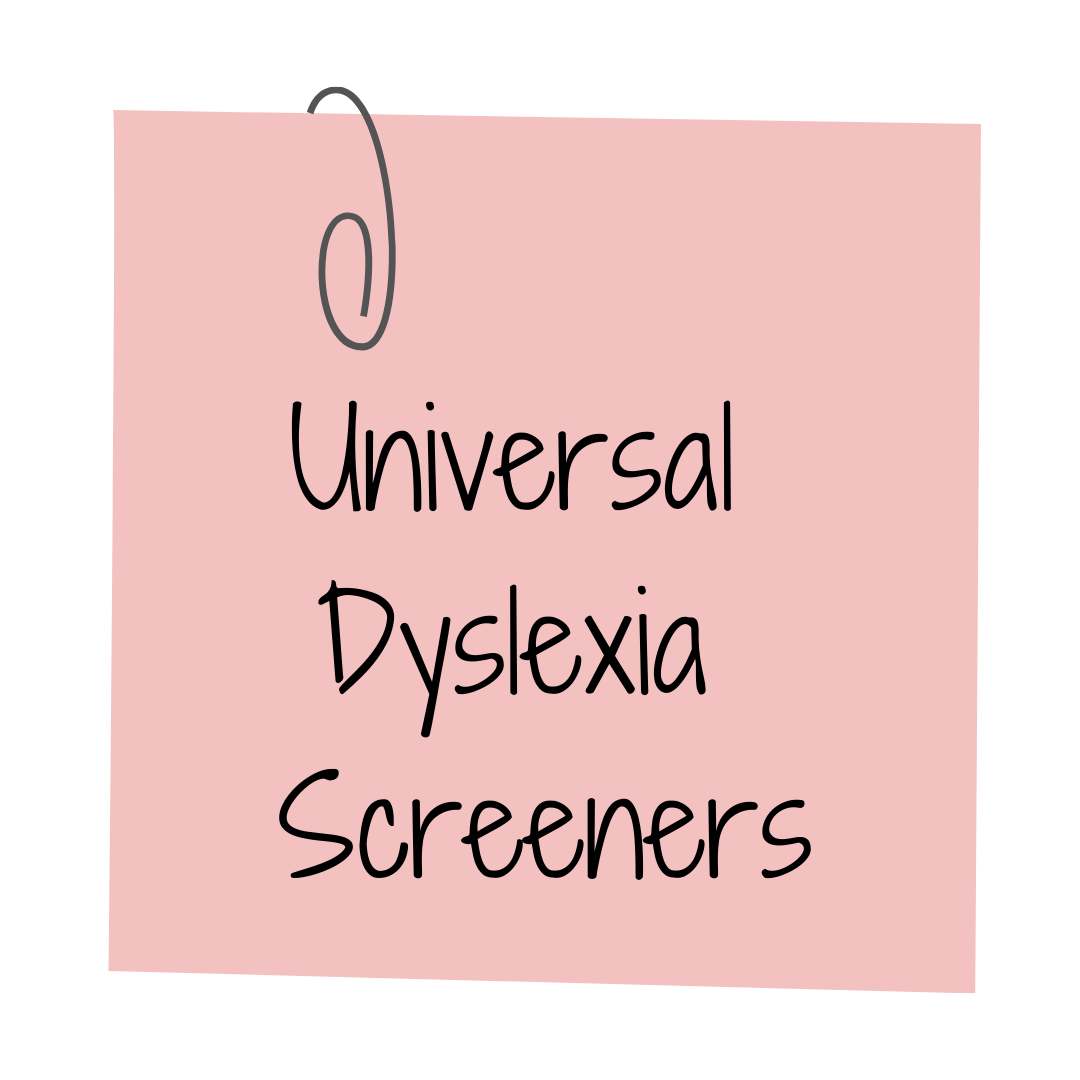
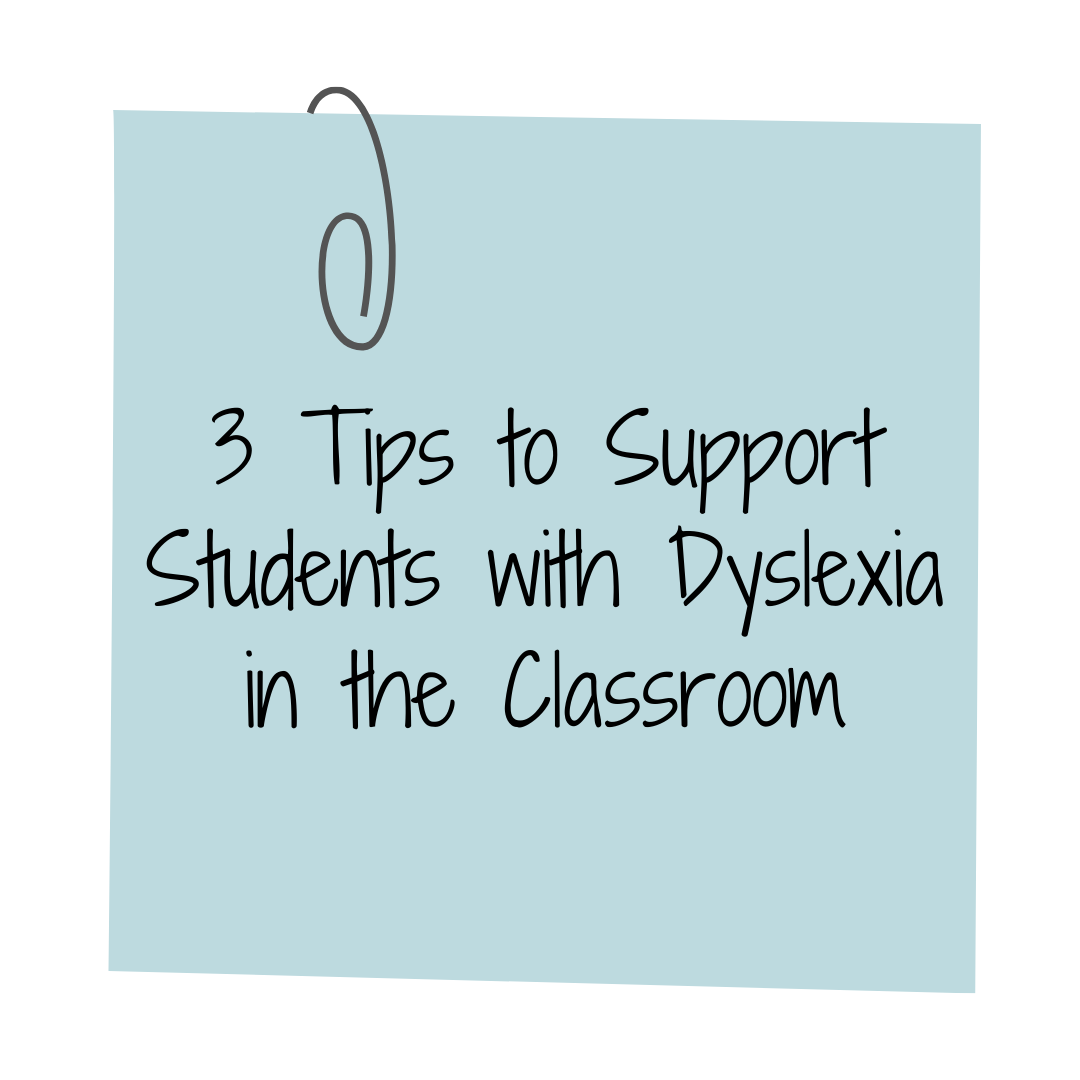

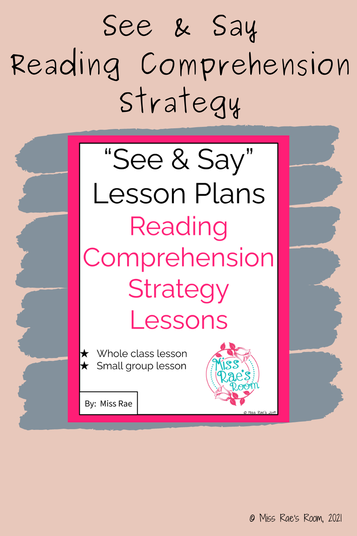



 RSS Feed
RSS Feed